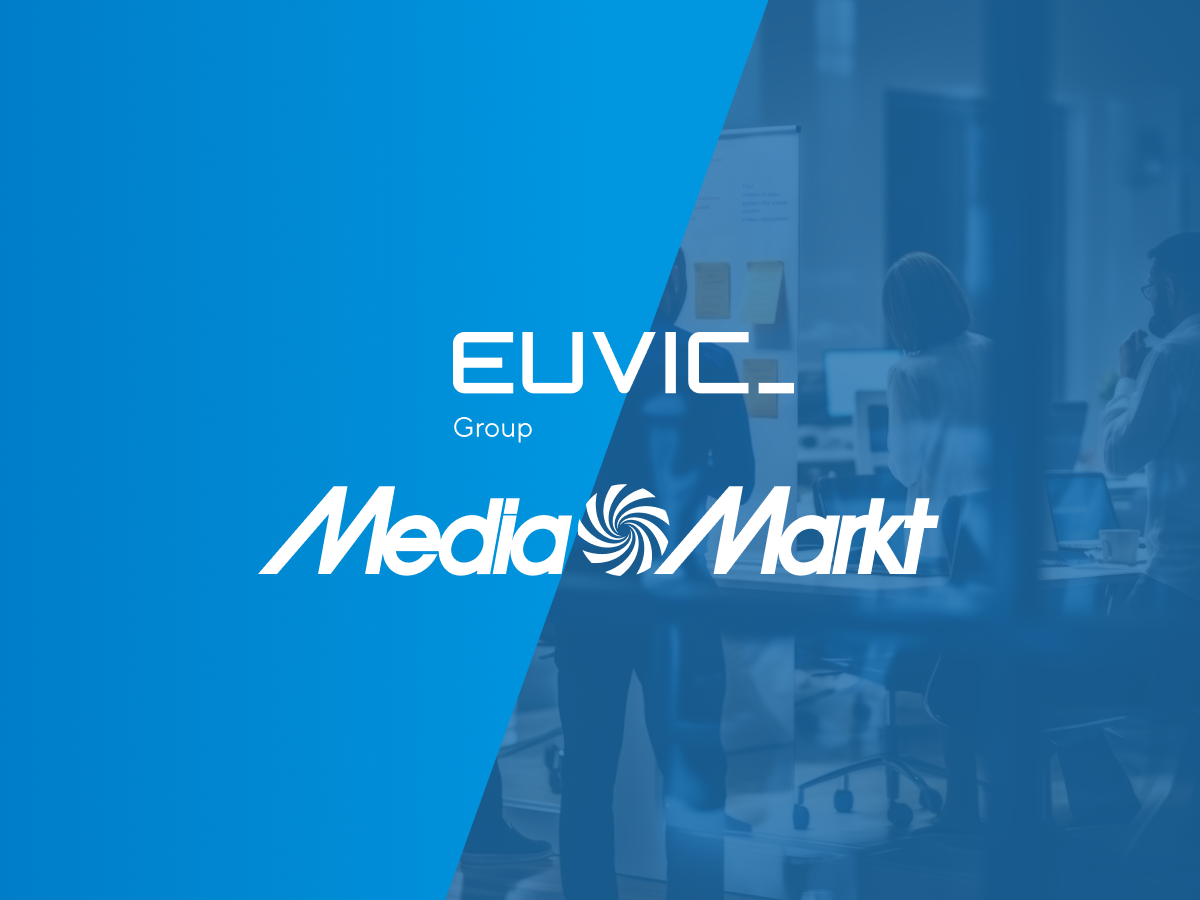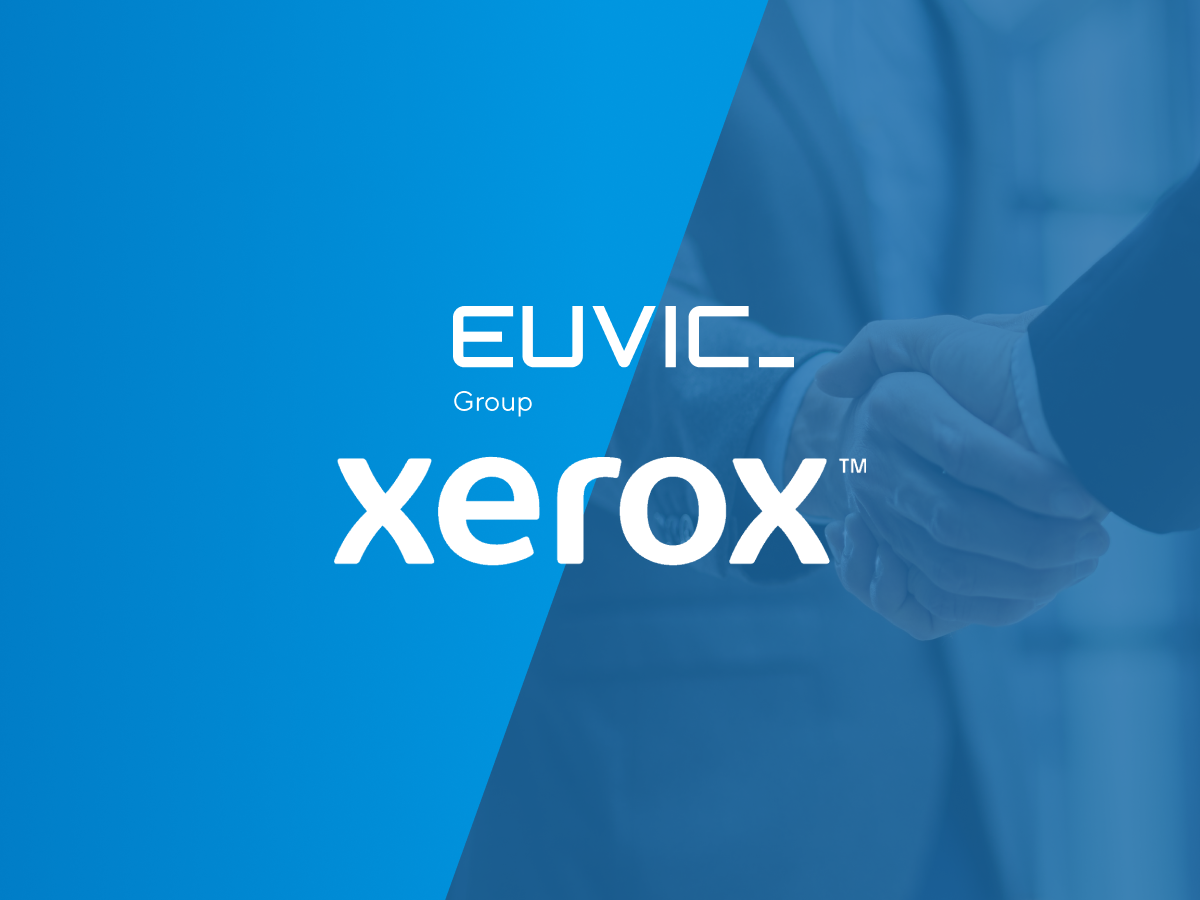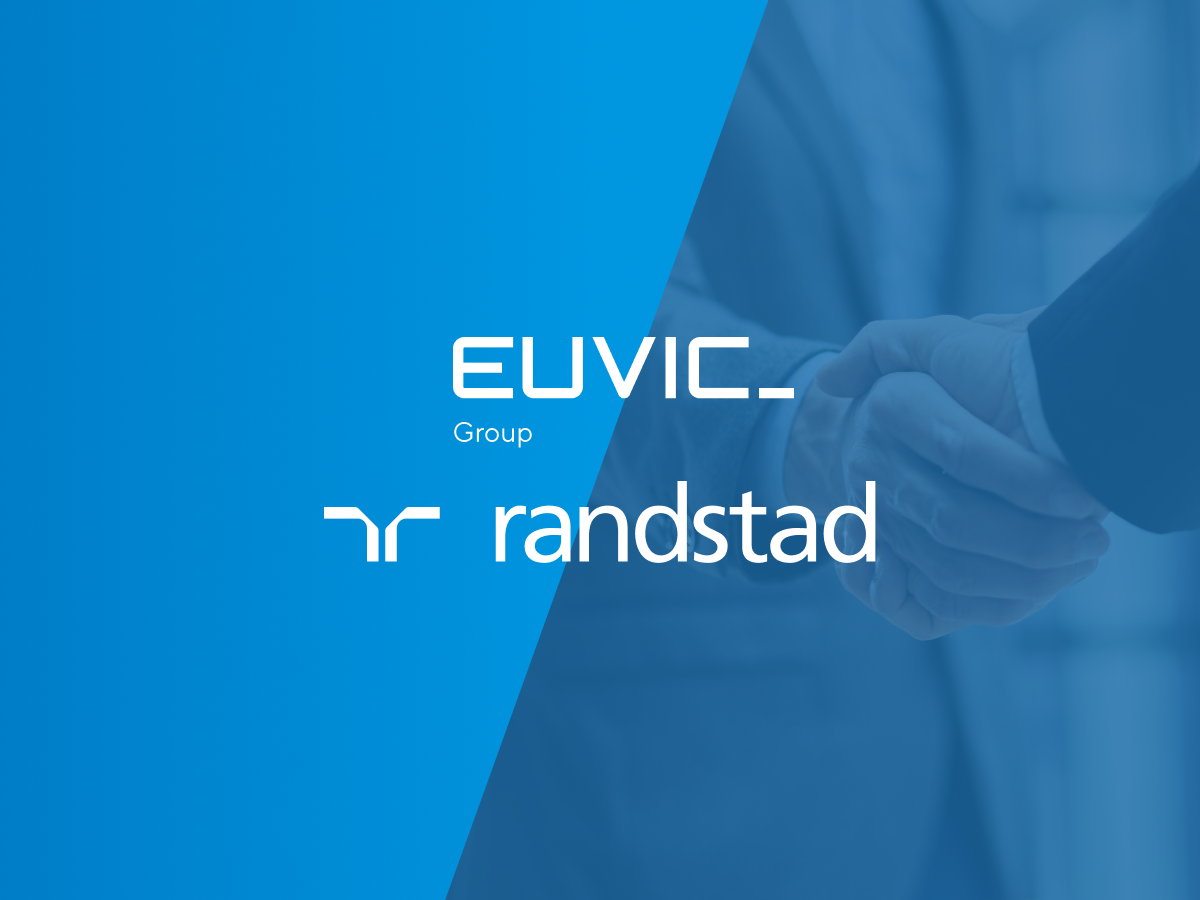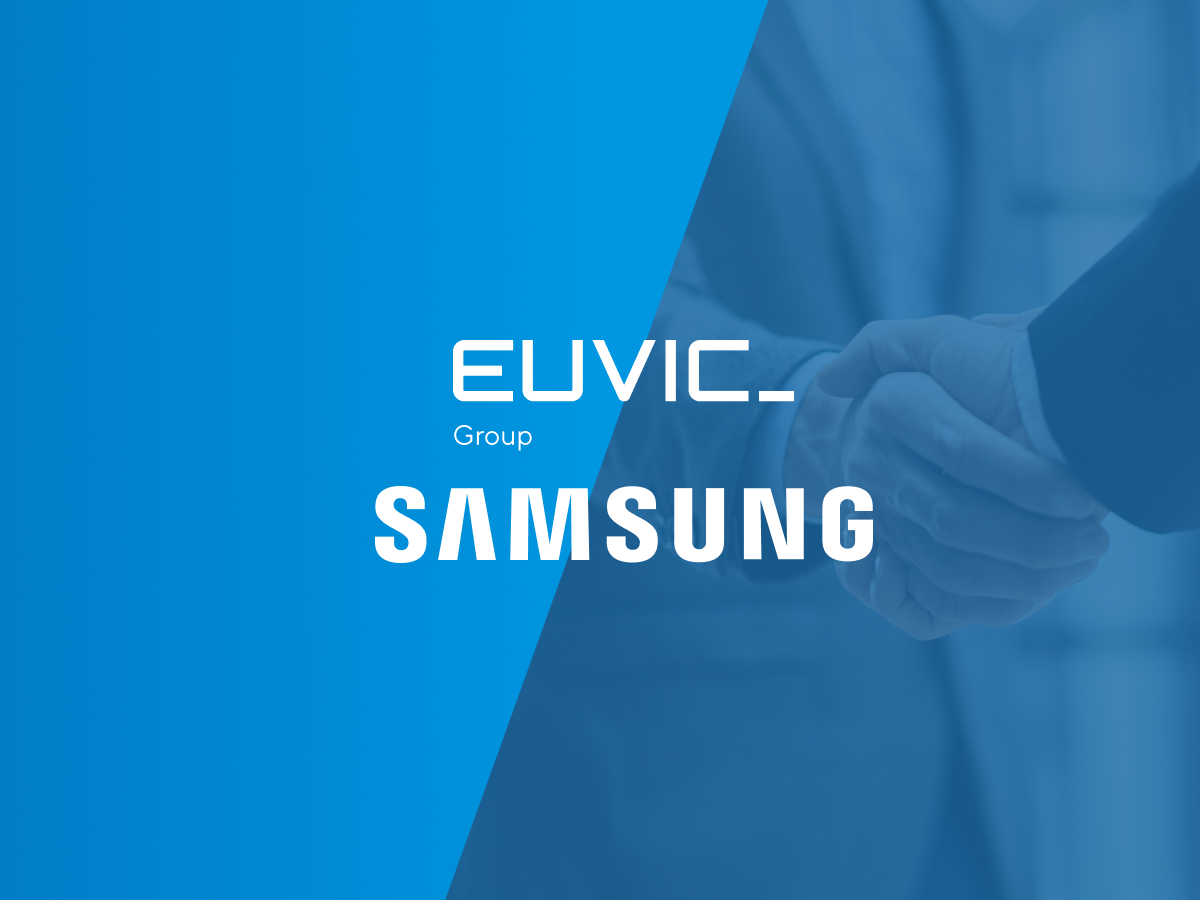Audit of the credit process at Media Markt

Client:
Media Markt
Industry:
Consumer electronics, Home appliances
Country:
Poland
Service:
Audit of the credit process at Media Markt
Client_
MediaMarkt is a German international consumer electronics retail chain specializing in home electronics, appliances, computers, and multimedia. It is a European leader in consumer electronics, operating on the market for 25 years.
Challenge_
Media Markt faced the challenge of optimizing the installment credit process and warranty sales in its physical stores. The entire process is based on the Client’s internal system, which is managed by credit specialists.
Customers making purchases can take advantage of credit on-site, and a specialist enters the necessary data into the system, which then sends a request to the bank about the possibility of granting financing.
To increase the efficiency and convenience of this process, Media Markt entrusted us with conducting a detailed audit of the internal system. Our task was to verify the functioning of the entire mechanism and identify areas requiring improvements.
Project scope_
- Expert audit
- In-Depth Individual Interviews (IDI)
- New solution design
Completed work_
Step 1: Expert Audit of the AIO System
As part of the expert audit, we applied heuristic analysis and the cognitive walkthrough method (a “learning walkthrough”), which allowed us to trace the user’s path through the system and assess its intuitiveness.
The audit was an expert assessment based on best practices and guidelines developed in the Usability industry worldwide. We combined system analysis with individual interviews with users to get a complete picture of how the system functions and identify key areas for improvement.
Step 2: In-Depth User Interviews (IDI)
To better understand the system’s operation, we conducted qualitative research with Media Markt employees who use this tool daily.
Through in-depth conversations, we learned about their real experiences, challenges, and needs. Analysis of their motivation, attitudes, and working methods enabled us to formulate accurate conclusions, which formed a solid foundation for further recommendations and strategic decisions.
Step 3: Heuristic Evaluation
We reviewed the system against key usability principles, such as:
- System Status Visibility
- System Consistency with the Real World
- User Freedom and Control
- Flexibility and Efficiency of Use
- Help and Documentation
- Consistency and Standards
- Error Prevention
- Recognition Rather Than Recall
- Minimalist and Intuitive Design
Each of these aspects was thoroughly analyzed, allowing us to identify specific barriers to system use and opportunities to eliminate them.
Step 4: Task analysis
We focused on actual user paths and interaction points at different stages of the application. The goal of the analysis was to identify improvements that would enhance user experience and enable more effective realization of business objectives.
Step 5: Recommendations and improvement design
Based on audit results, we developed detailed recommendations for system optimization. We identified key areas requiring improvement and prepared a design for new user paths and information architecture that would increase usability. Additionally, we developed screen prototypes that reflect the implemented improvements and take into account user needs identified during the audit.
Solution_
Based on the audit conducted, we developed detailed recommendations for improvements that significantly enhanced system usability.
The client received recommendations including optimization of user paths, process simplification, and improvement of information architecture, including modifications to main navigation, making access to key functions easier.
Additionally, we analyzed technological limitations of the current solution, identifying key areas for improvement and developing a new, intuitive UX prototype tailored to user needs and optimizing daily work.
Through these actions, Media Markt achieved measurable benefits. First and foremost, user comfort improved, which directly translated into higher employee satisfaction. Process acceleration impacted better customer service quality, and the new, transparent user path lowered the entry barrier, enabling new employees to become productive faster. Reduced learning time allowed for more efficient form processing, and the entire system became more intuitive and user-friendly in daily use, significantly increasing team productivity.









